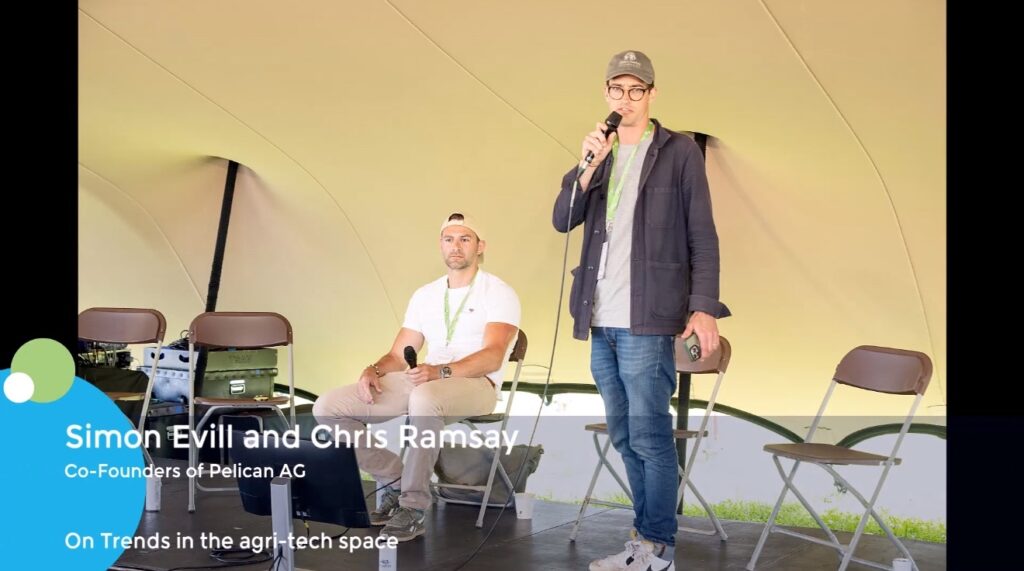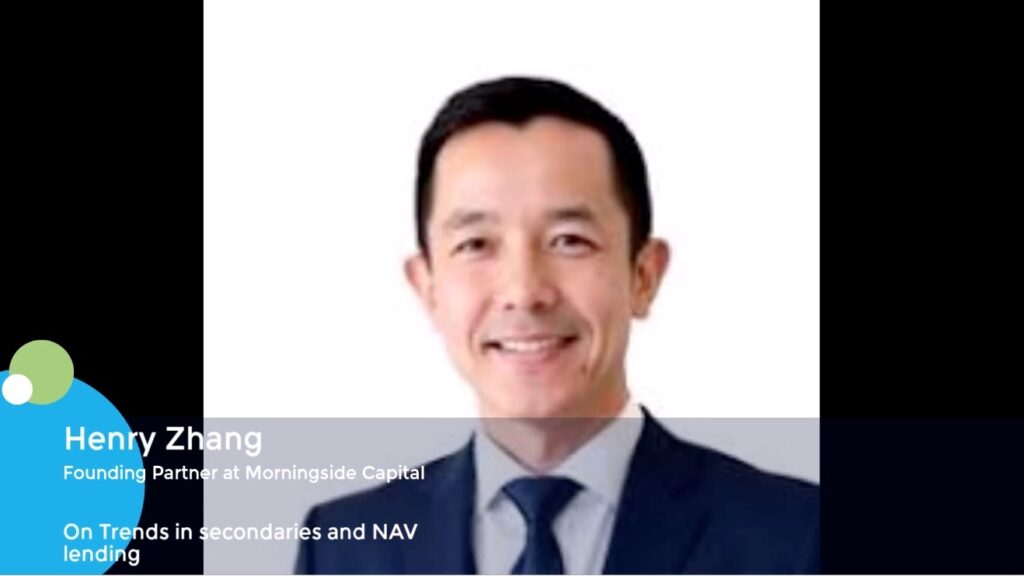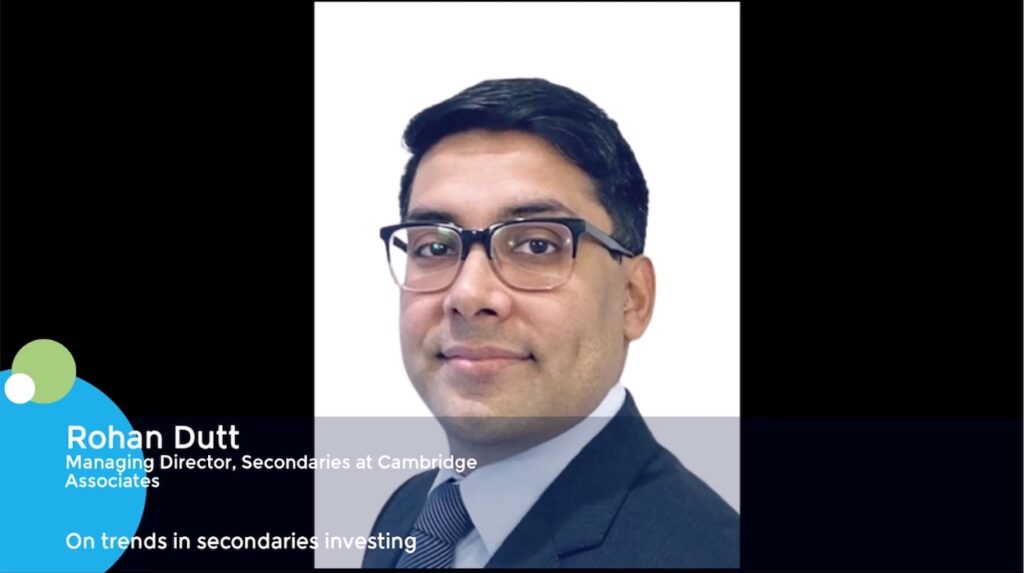Follow-ons pick up steam during tariff pause – ECM Pulse North America
After a quiet April, North American follow-ons are regaining momentum as stabilizing markets, a wave of sponsor-led block trades, and renewed long-only investor participation are driving steady issuance activity.
Around USD 47.1bn was raised in 1Q across 285 deals, a good start, although still below 2024 (USD 58.9bn from 336 deals).
Momentum stalled early in the second quarter due to geopolitical uncertainty, rising volatility and earnings blackouts. But as of mid-May, volumes are on the way up with around USD 21bn priced from 125 deals, a strong footing that could gradually match the USD 37.4bn from 284 deals priced over the entire second quarter in 2024.
In the wake of several marquee deals, market participants say the worst of the lull may be behind us. In May so far, German conglomerate JAB Holding sold a 5.5% stake in Keurig Dr Pepper (KDP), netting USD 2.5bn. A week later, One Rock Capital sold a 12.6% stake after-market in beverage company Primo Brands that raised USD 1.5bn.
“We’re definitely seeing the uptick,” said Truist’s ECM head, West Riggs. “The recent activity shows that right now there is a window, and when a window opens, you need to take advantage of it.”
Whether the second half of this year matches the strength of 1Q will depend on macro clarity, but early signs suggest issuers are stirring, and investors are still open for business. With earnings season behind and a bit of space before June, there’s room on the calendar.

Sponsors strike fast
In this context, block trades are appealing because they allow issuers to come to market and get out of it quickly, with enough wall-crossing to wet appetite and an overnight execution that leaves no uncertainty on the table. The type of buyside interest emerging is an especially positive development, according to William Blair’s ECM MD Steve Maletzky. “We are seeing long-only investors step in, especially in industries that are either US domestic-focused or insulated from global tariff risk,” he said.
Sponsors are largely taking advantage of this window to actively recycle capital. That’s a healthy dynamic, advisors say, especially compared to prior periods where primary issuance dominated. Recent deals also suggest pressure on sponsors to keep returning capital to their investors.
This environment has enabled sponsors to unlock meaningful liquidity from several 2024 vintage IPOs, including EQT’s recent sell-down in Waystar Holdings on 14 May, and some listed companies to execute their first follow-ons. What’s especially notable is the speed of execution. Not only are sponsors achieving liquidity, but they’re returning to market quickly, sometimes within weeks, to sell even more stock.
“I think that’s a very strong statement on the robust level of institutional appetite for buying in bulk,” Maletzky said, with sponsors who have public assets finding a great opportunity to achieve liquidity and deliver DPIs (Distributions to Paid-In Capital) back to their LPs.
As of this week, the pace of follow-on issuance shows no signs of abating. A wave of large deals hit. Take-Two Interactive priced a USD 1.2bn deal, QXO completed a USD 800m follow-on, and Carlyle and GIC led a USD 840m sell-down in StandardAero.
“The follow-on market is technically always open; it’s just a question of price,” Maletzky said. “Most of these assets are well known to institutional investors, and so the diligence required, and the fact that you’ve got an established trading price for the equity, means you can move much faster.”










